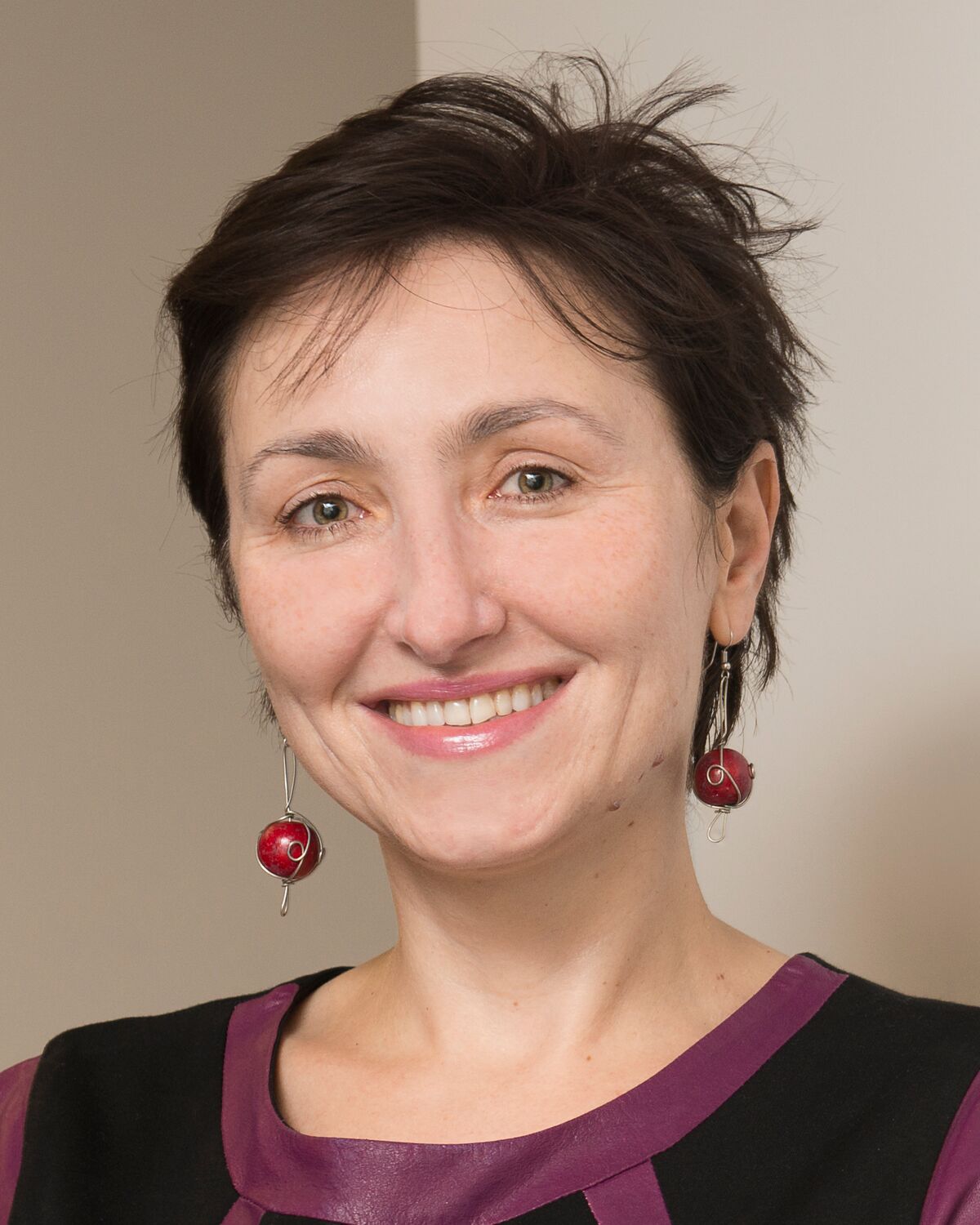
Dragana Rogulja, Ph.D.
Sleep, Circadian Clock & Motivation
A remarkable change occurs in our brains each night, making us lose the essence of who we are for hours at a time: we fall asleep. A process so familiar to us, sleep nevertheless remains among the most mysterious phenomena in biology.
The goal of the Rogulja lab is to understand how the brain reversibly switches between waking and sleep states, and why we need to sleep in the first place. To address these questions, we are using Drosophila melanogaster as our model system. Sleep in these fruit flies is remarkably similar to mammalian sleep. Flies have consolidated periods of activity and sleep; arousal threshold is elevated in sleeping flies; the brain’s electrical activity differs between sleeping and awake flies. As in people, both circadian and homeostatic mechanisms provide input into the regulation of fly sleep: flies are normally active during the day and quiescent at night, but if deprived of sleep will show a consequent increase in “rebound” sleep, regardless of the time of day.
We are currently pursuing three main lines of investigation:
1. Molecular characterization of novel sleep factors isolated through our large-scale, unbiased genetic screen, with the goal of understanding how the brain falls asleep and wakes up. We are currently focusing on several canonical cell cycle genes that we showed function in post-mitotic neurons to promote sleep.
2. Functional dissection of discrete neuronal clusters we identified as novel sleep centers in the fly. Some of these clusters consist of only a few neurons, to which we have genetic access for electrical and molecular manipulation.
3. To get at the question of why animals need to sleep, we are investigating the causes of decreased lifespan in flies that are deprived of sleep.
Neuron
View full abstract on Pubmed
Curr Biol
View full abstract on Pubmed
J Mol Biol
View full abstract on Pubmed